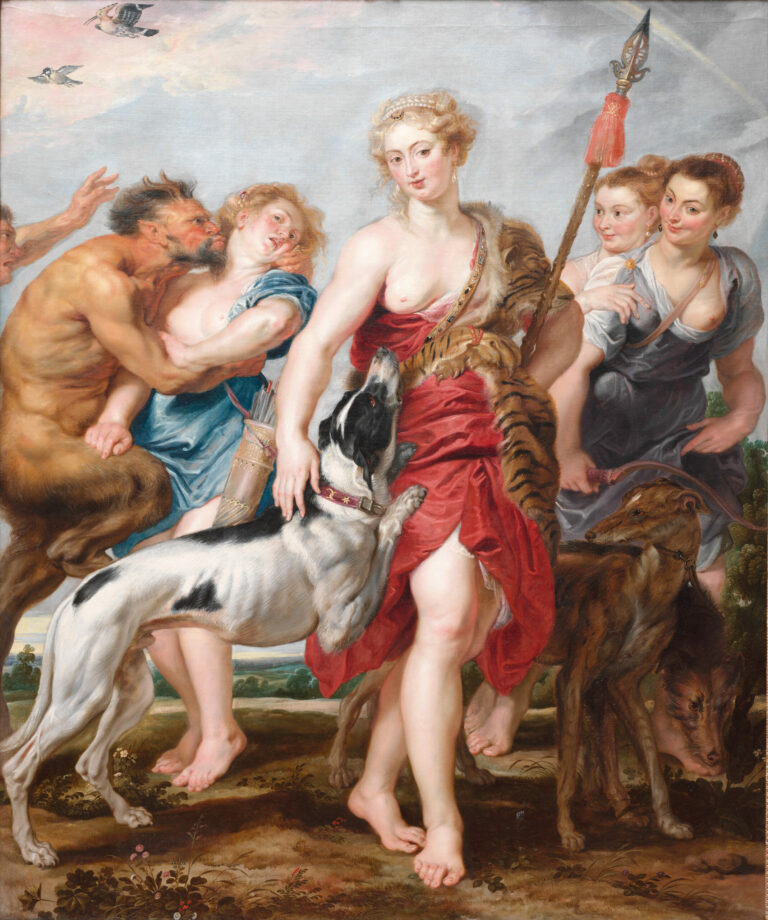
Portrait of a Young Man: Rubens’ Psychological Mastery : this masterful embodiment of Flemish Baroque portraiture immerses us in the psychological intimacy of a young man from Antwerp’s high society.
The subject, whose identity remains enigmatic, fixes us with a penetrating, animated gaze. The imposing pleated ruff—a technical tour de force—frames his face like a secular halo, contrasting with the sobriety of his black garment.
Rubens deploys his genius in rendering flesh tones: the rosy tints on the cheekbones, the subtle modeling of features, demonstrating meticulous observation of human physiognomy. The hand, elegantly positioned on the chest in a rhetorical gesture, reveals the painter’s anatomical mastery and delicate touch in treating the lace cuff. The dark ground, animated with brown and greenish touches, brings forth the figure with striking presence.
Work Details
- Portrait of a Young Man by Peter Paul Rubens, c. 1613-1615
- Oil on panel, 66 × 52 cm (26 × 20½ in.)
- The Clark Art Institute, Williamstown
- https://www.clarkart.edu/ArtPiece/Detail/Portrait-of-Young-Man
Peter Paul Rubens (1577-1640) stands as the titan of Baroque painting and the most influential Flemish artist of the seventeenth century. A polyglot scholar trained under Otto van Veen, he perfected his art during an eight-year Italian sojourn, absorbing the lessons of Titian, Michelangelo, and Caravaggio. Returning to Antwerp in 1608, he established a prolific workshop that became Northern Europe’s artistic crucible.
This portrait, executed during his artistic maturity, demonstrates his ability to transcend mere representational exercise and achieve profound psychological truth. Diplomat, collector, and shrewd businessman as much as painter, Rubens developed a dynamic, sensual, and theatrical style that combined technical virtuosity, expressive power, and chromatic richness, leaving an indelible mark on Western painting.

